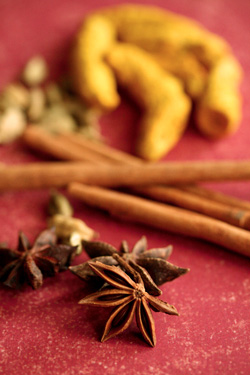 Looking for a way to spice things up in the kitchen? Then look no further than the spice rack. Escape your comfort zone and try some of the more “exotic” spices. The old adage is true – variety is the spice of life, and adding spice to your food will not only add interesting flavors but also provides hidden health benefits.
Looking for a way to spice things up in the kitchen? Then look no further than the spice rack. Escape your comfort zone and try some of the more “exotic” spices. The old adage is true – variety is the spice of life, and adding spice to your food will not only add interesting flavors but also provides hidden health benefits.
In my opinion, the number one reason to use spices in your food – beyond adding plenty of flavor with no fat or sugar – is that most spices contain compounds that work as powerful anti-inflammatory agents (inflammation is the cause of many diseases from skin conditions to heart problems).
Most spices come from the seeds, buds, or bark of plants and trees and they are a naturally rich source of nutrients, antioxidants as well as other compounds that have unique healing properties. As trusted home remedies, they can help to alleviate the small aches and pains, such as bloating and heartburn, but are now being studying by the medical community in the fight against cancer.
Green Cardamom
Green cardamom comes from seeds from the cardamom plant which is part of the ginger family. For the best flavor and aroma, purchase cardamom that is still in the pod – the ground cardamom you find in grocery store spice racks can simply not compare. Cardamon is common in Indian cooking and one of the main ingredients in chai tea. In Europe, it is often used in baked goods and lends a peppery mint flavor to dishes. It is know for relieving stomach ailments and calming heartburn.
Turmeric
Turmeric is a ground powder that comes from the oven-roasted root of the turmeric plant. It is part of the ginger family and in its fresh state resembles a more golden version of the ginger root. Known for being high in antioxidents and for its anti-inflammatory power, it is often used as a cure for psoriasis. It is often found in spice blends, such as curry and has been called the Indian saffron. In Ayurvedic healing and cooking, it is much more than just a food coloring – turmeric is considered to be a panacea for all ailments. Try adding a dash to rice for an Indian flair!
Coriander
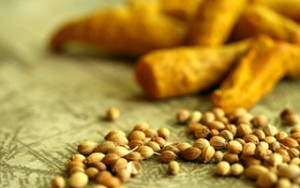 Coriander is actually the seeds of the cilantro plant, though you’d never guess it since their flavors differ. I like to toast my coriander seeds before using them (to bring out their full flavor) and add them to chicken noodle soup. Often found in spice blends, such as curries, coriander has been used in folk medicine to calms anxiety and upset stomachs.
Coriander is actually the seeds of the cilantro plant, though you’d never guess it since their flavors differ. I like to toast my coriander seeds before using them (to bring out their full flavor) and add them to chicken noodle soup. Often found in spice blends, such as curries, coriander has been used in folk medicine to calms anxiety and upset stomachs.
Star Anise
Star Anise is one of my favorite “secret” ingredients because it has a strong flavor, a flavor that reminds me of a cross between cinnamon and licorice. It’s used often in Chinese and Indian cuisine and happens to be a main ingredient in garam masala, Chinese five-spice powder, and the notorious aperitif absinthe. It is known for its ability to alleviate bloating and indigestion, but I love star anise since it imparts a sweet twang to meat dishes like my shredded beef.
Cinnamon
I know that cinnamon doesn’t sound exotic, but I like to use it in savory foods instead of always adding it to dessert recipes. I love latin cuisines – and rice, beans and plantains are some of the staples on my dinner table during the summer months. Try these cinnamon and cumin spiced plantains.
Spice Tips
- Toast them for 1 to 2 minutes over medium heat in a dry pan to bring out the flavors then use coffee grinder to make your own curry powder.
- Do not buy large quantities at once if you can manage it, as they don’t have a long shelf life. If you do happen to buy a large packet, store them in an zipper lock bag in the freezer for up to 1 year.
- Date spice containers with a sharpie marker so you know when they expire, about 6 to 8 months on the shelf.
- Store in a cool dry space, avoid cabinets above the oven and shelves where there is direct sunlight since the spices contain essential oils that can turn rancid.
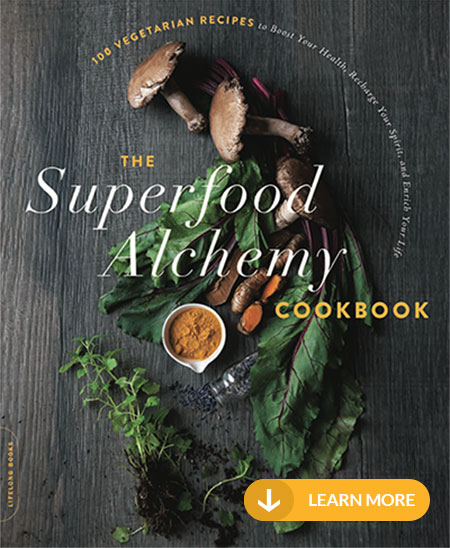

 Are you ready to look better, feel more energized, and get back that youthful feeling you remember having as a kid? I can help you on a journey that will change the way you eat — for good. My
Are you ready to look better, feel more energized, and get back that youthful feeling you remember having as a kid? I can help you on a journey that will change the way you eat — for good. My 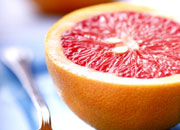














 As a healthy cooking expert, health coach and TV host,
As a healthy cooking expert, health coach and TV host, 

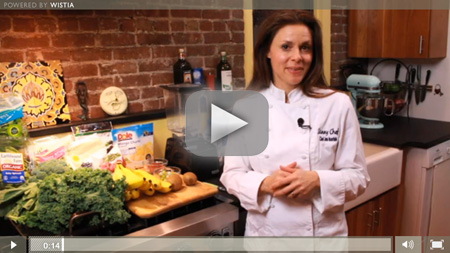
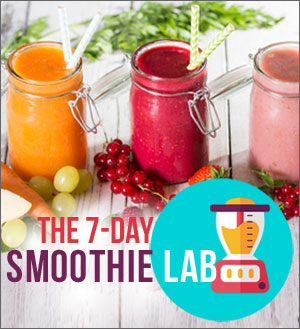
Speak Your Mind